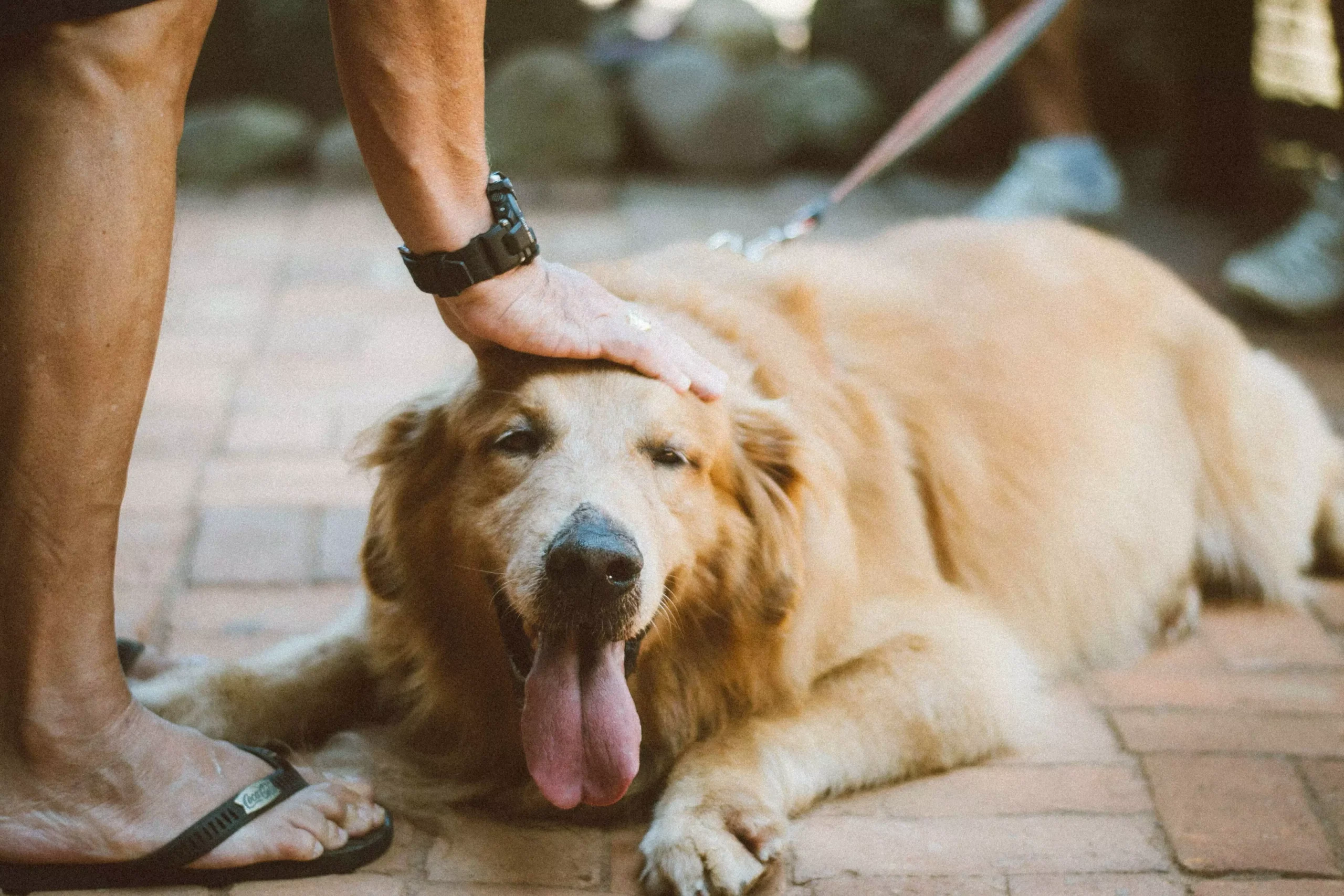Submissive urination is a common issue faced by many dog owners. It is a natural behavior in dogs that can be triggered by various factors. In this article, we will explore the causes of submissive urination, ways to identify it, and effective strategies to overcome this problem. Additionally, we will address some frequently asked questions to provide a comprehensive understanding of submissive urination in dogs.
Submissive urination refers to the involuntary loss of urine when a dog feels threatened, anxious, or submissive. It is a common behavior observed in puppies, but some adult dogs may also exhibit this behavior. Submissive urination occurs as a result of a dog’s instinctual response to perceived dominance or social hierarchy.
Causes of submissive urination can include fear or anxiety, lack of socialization, lack of confidence, previous punishment-based training methods, and genetic predisposition. Certain situations or actions can trigger submissive urination in dogs, such as direct eye contact, approaching or reaching out to pet the dog, loud or high-pitched voices, sudden movements or gestures, intimidating posture or body language, and the presence of dominant dogs or humans.
Recognizing the signs of submissive urination is crucial to address the problem effectively. Behavioral indicators include cowering or lowering of the body, tail tucked between the legs, ears flattened against the head, submissive grinning or lip licking, rolling over on the back and exposing the belly, and avoiding eye contact or turning away. Physical indicators include involuntary loss of urine during interactions, wetting the floor especially when excited or scared, and urinating while lying down or during belly exposure.
While submissive urination can be challenging to overcome, it is not impossible. Building confidence is essential, and dog owners can encourage positive experiences and socialization with different people and animals, gradually expose the dog to triggering situations in a controlled environment, and provide mental stimulation through puzzle toys or obedience training. Positive reinforcement training is also crucial, where reward-based methods are used to promote positive associations and the dog is rewarded for calm behavior and appropriate responses. Avoiding punishment or scolding is important, as it may exacerbate submissive behaviors. Environmental management is another strategy, where triggers and stressful situations are minimized, direct eye contact or intimidating postures are avoided during interactions, and a routine is established in a safe and secure environment.
In regards to frequently asked questions, submissive urination differs from house soiling, as the former is a behavioral response to perceived dominance or threat, while the latter refers to accidental or intentional elimination in inappropriate locations. To prevent submissive urination during greetings, dog owners should avoid direct eye contact, crouching, or reaching over the dog, and instead approach calmly and allow the dog to approach first. While submissive urination can occur in any breed, it is more commonly observed in breeds known for their sensitivity and anxiety. With proper training, socialization, and patience, submissive urination can be significantly reduced or eliminated in most cases. If the problem persists or becomes severe, consulting a professional dog trainer or a veterinary behaviorist is recommended.
In conclusion, understanding submissive urination is the first step towards helping dogs overcome this behavior. With a combination of positive reinforcement training, confidence-building, and environmental management, dog owners can support their pets in developing a more confident and relaxed demeanor. Patience and consistency are key when addressing submissive urination, ensuring a happier and more harmonious relationship between dogs and their owners.









